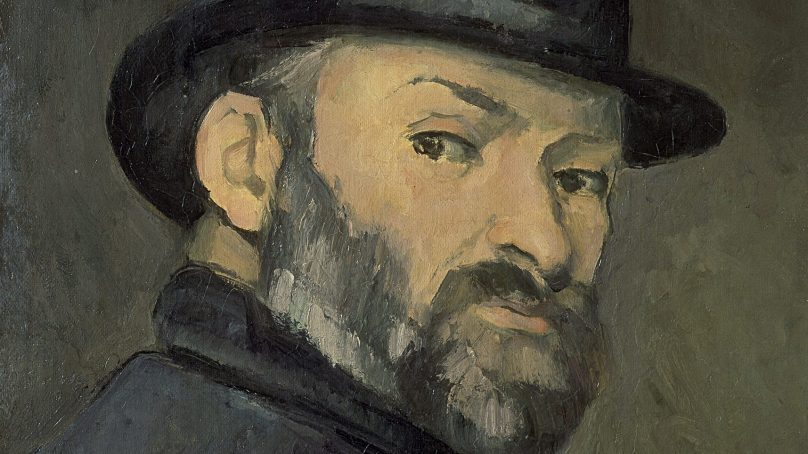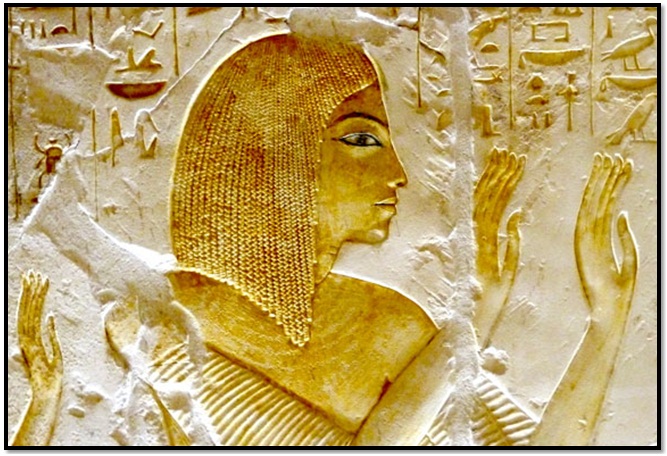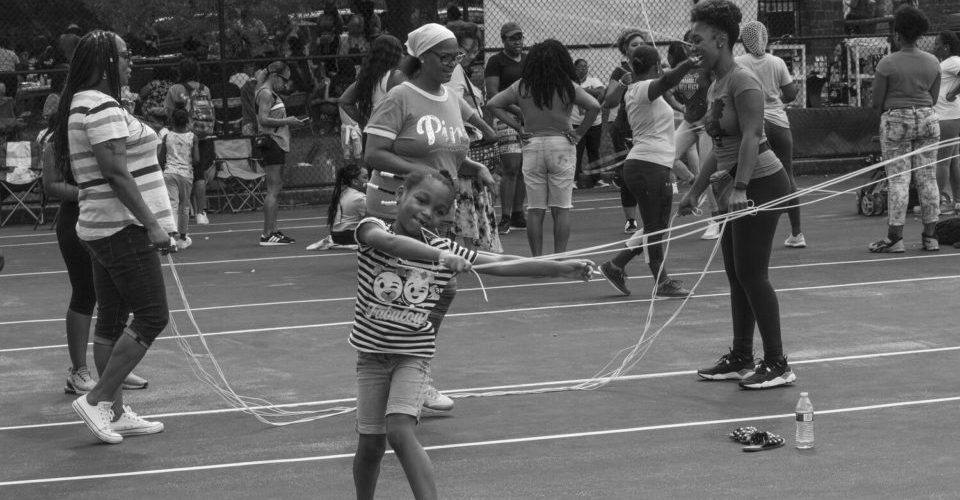No one ever smiles in Cézanne’s Portraits.

Refinement? Forget it. Beauty?Unlikely.Flattery?Impossible. Cézanne simply wasn’t that sort of a painter. For him portraiture was a testing ground, a laboratory, a way of learning his trade. What kind of brush strokes, short or long, and if so, were they to be vertical or diagonal? What kind of marks, dabs, splashes, patches? What kind of background, dominating or absent altogether? Would great swags of curtaining enliven the whole by adding some sense of violent rhythm? Oh yes. Those were the issues that engaged him, not the rendering of mere human flesh.
In fact, he was difficult and testy. He never accepted a commission to paint a portrait. He painted those whom he chose to paint, which were usually the ones who lived in the house – or nearby. Locals, poor types, such as the gardener on the estate. He painted them as he found them, pipe in mouth, with a fistful of cards across a table top. No one ever smiles in a portrait by Cézanne.
He did love painting in series though, from Mont Sainte-Victoire to his wife Hortense Fiquet. He made 29 portraits of her. 29! The critics hated them. He was accused of rampant misogyny. Some of the most magnificent portraits are of her, in all her unlovely, long-suffering, glum-struck solidity. And stolidity too, always readily available at no cost to the painter, which was a good thing, of course, because he made so little money until the last decade of his life.
Renoir spent so much time trying to get him taken up by a dealer. They resisted for years. And then, finally, in 1895, he had his first show in Paris, thanks to AmbroiseVollard. Vollard made him a rich man.
In these paintings of his wife though, is he actually painting her, as some kind of embodiment of the feminine, or is he musing upon the idea of portraiture at this late stage in its long and glorious history, at this moment when photography had stolen reality from the painter’s grasp? Is Hortense really there in these paintings as a sentient being?. He was interested in compositional strategies. Perhaps she was one to be pitied then. Did he register that? She looks totemic, puppet-like, her head an oval with, often, just a single ear – so that the balance of the composition should not be disturbed.
Did she understand? She got her own back in the end. She gambled away much of his fortune after his death. At the last, liberated, she leapt out of that magnificent armchair that you can see in Madame Cézanne in a Red Armchair (circa 1877). Good for her.What a painting that one is! How it flatters, shows off, his great gifts!


































